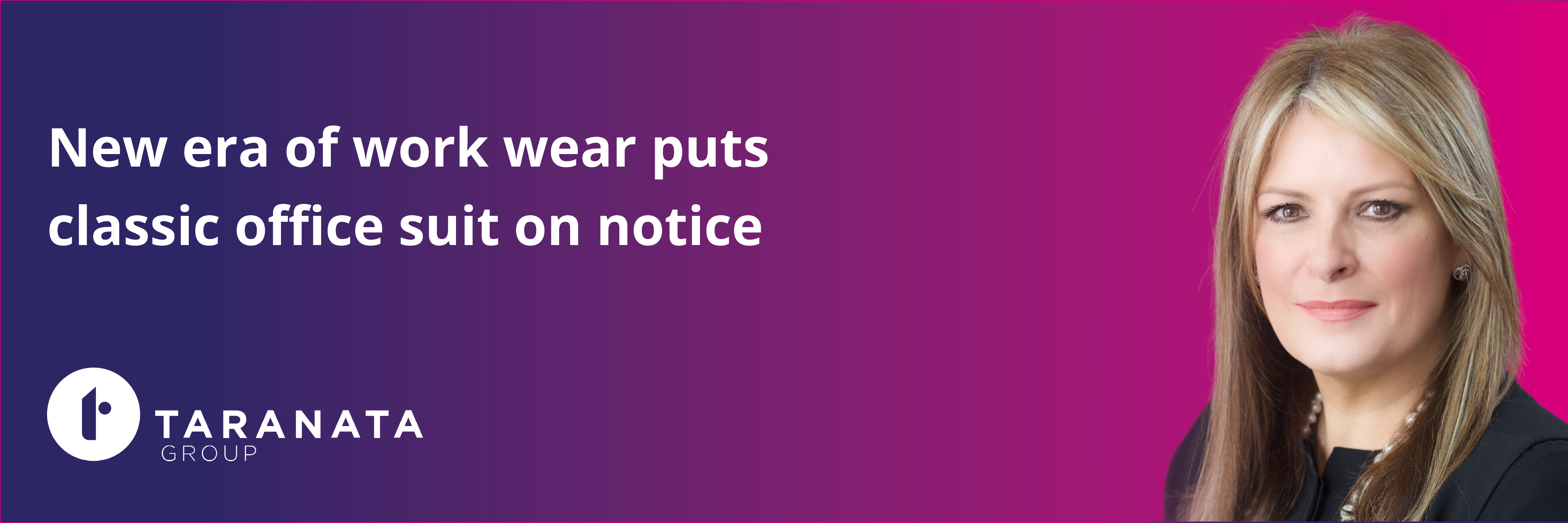The way that the modern world works has changed drastically for many businesses in recent years in terms of how, when and where we work but that also stretches to what we wear to work. If large corporations are recognising that employees don’t need to physically be present in the office 9am-5pm five days a week in order to get the job done to a high standard, then this could mean a dress code policy could be equally as relaxed or redundant. This ultimately begs the question – is the corporate office suit dead?
Changes were already taking place pre-pandemic, and there have always been industries and sectors with a more relaxed approach to office attire beyond casual Friday’s however, now with a couple of years working from home for many, this has accelerated significantly. Moving forward, businesses may need to outline what is acceptable to wear for work to strike the balance between what is suitable when at home and if that should be adapted for a face to face environment.
I personally love the move away from the tailored, stiff, corporate look where we all pretty much looked and dressed the same. It’s great to see more individuality, personality and self-expression from colleagues and clients alike, while retaining a look of professionalism where required. However, this can arguably add pressure to colleagues who feel the need to compete in a personal style challenge.
Without going back to the old-fashioned Dress Code Policy, as business leaders we should simply communicate and remove the uncertainty by letting people know what we expect – set some basic ground rules and maybe even define the illusive ‘smart casual’ term once and for all.
This is a topic that is relevant to all businesses and employees, so it would be really helpful to have defined guidance especially while recruiting. Letting candidates know your dress code will help them prepare better for interview.
Looking at images of staff on company websites can help but it is important that these have been updated to reflect any recent changes made by employers. It doesn’t make for the best first impression to arrive ‘suited and booted’ to be met with a hiring manager wearing a pair of jeans or indeed vice versa. Looking the part, and feeling they could be part of the team, will help candidates feel more relaxed and perform more naturally in an interview situation.
For example, at Change Recruitment, the team always prepare candidates for interview, discuss the role, company, and culture but increasingly they provide interview dress code guidance, whether it’s a remote video call, or face to face environment. Working with clients in financial and professional services is where they have seen the biggest pivot from formal suits to more relaxed attire.
It’s clear the way we work has changed and dress code is also part it. Why not involve your staff to define your new work-wear guidance, that will also help ensue you are in tune with your people and how they see the future of dressing for work.
Simone Lockhart is the Group Commercial Director of the Taranata Group
Article originally appeared in The Herald here.

